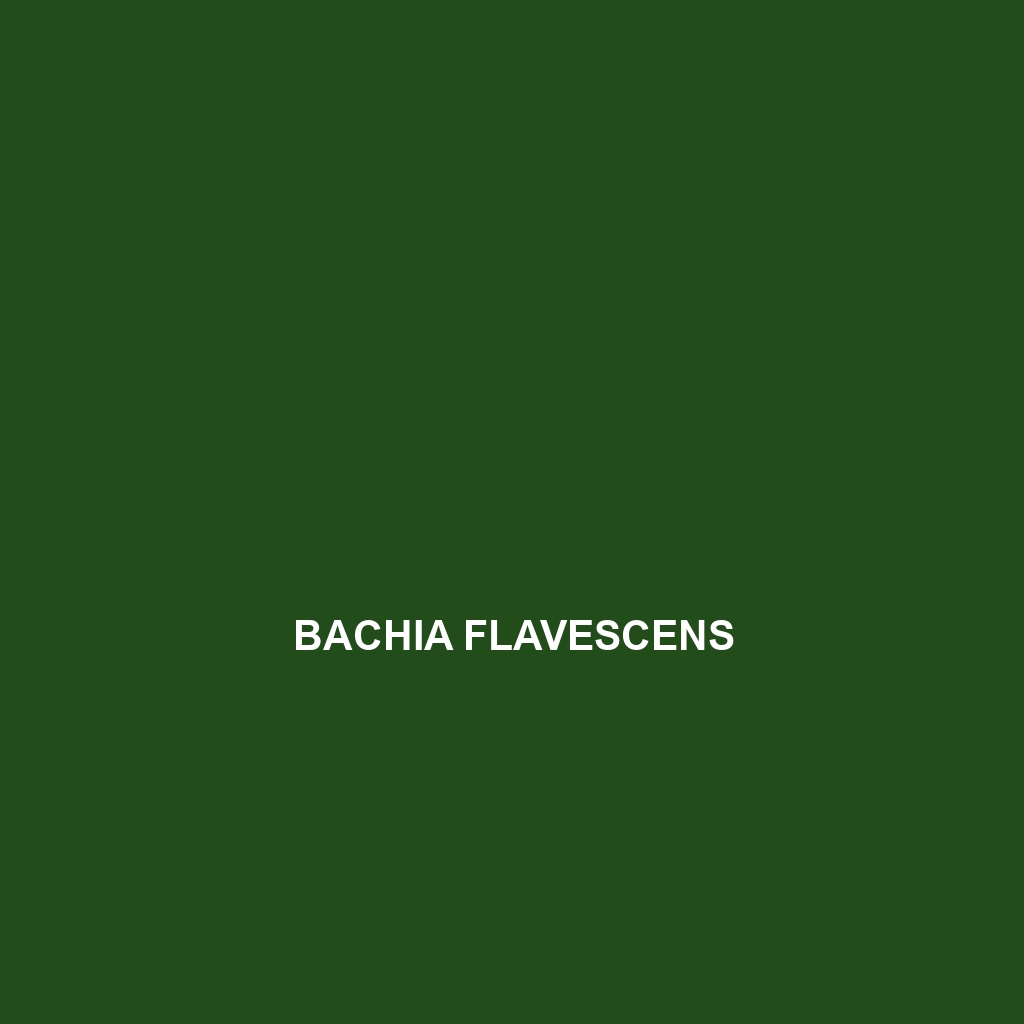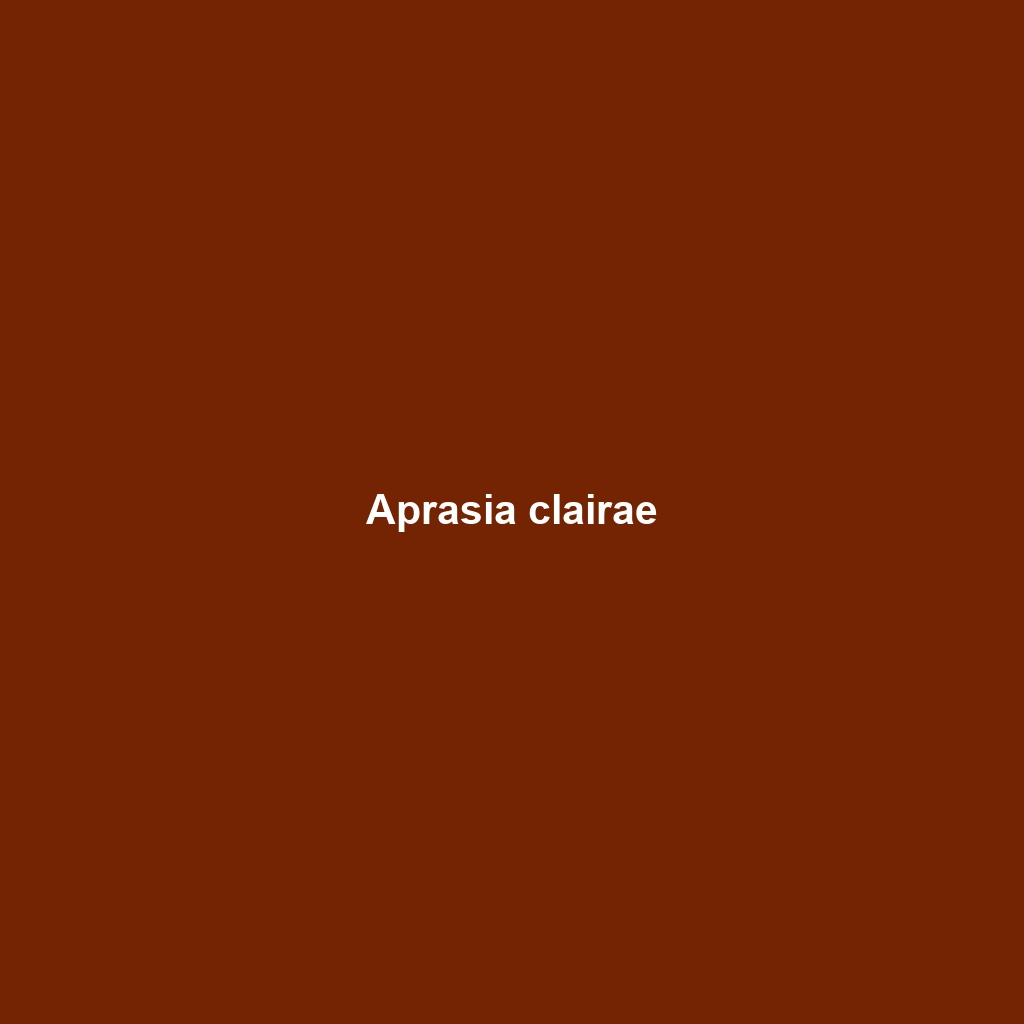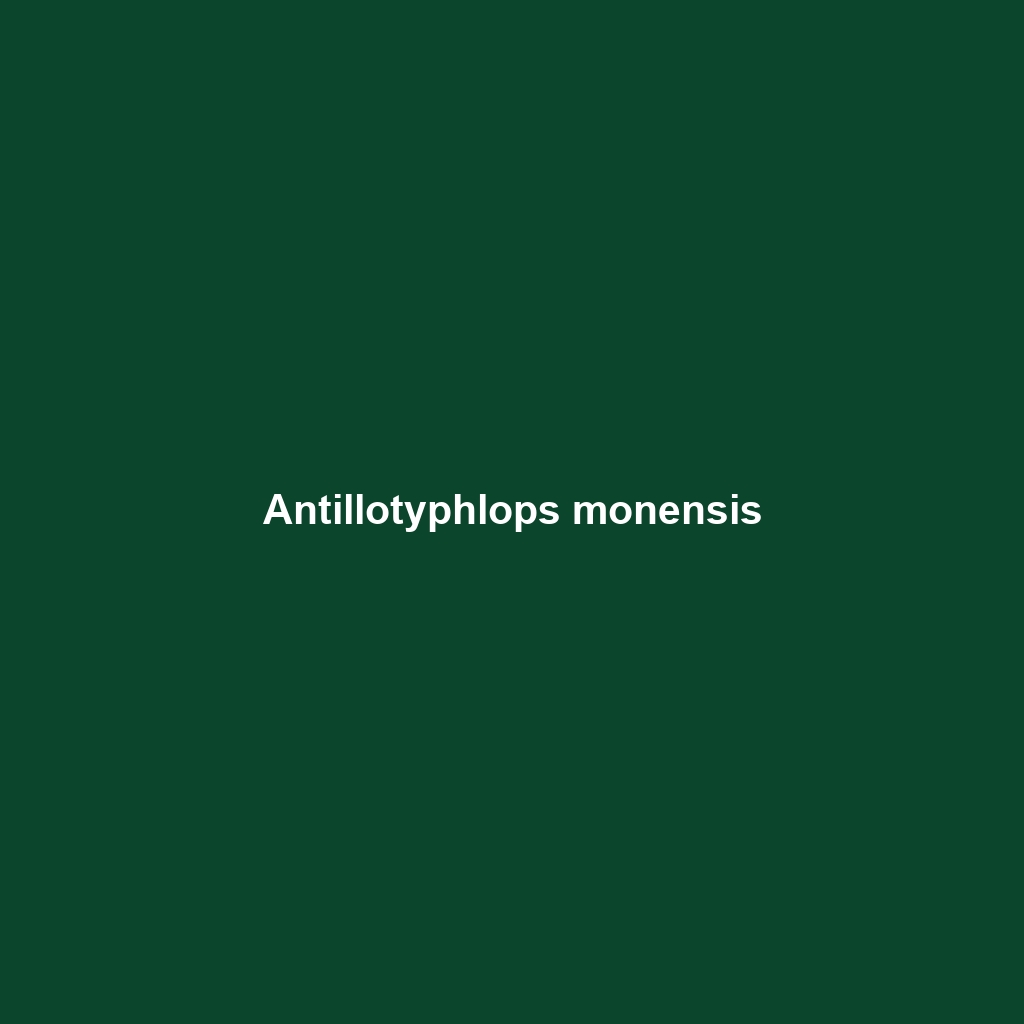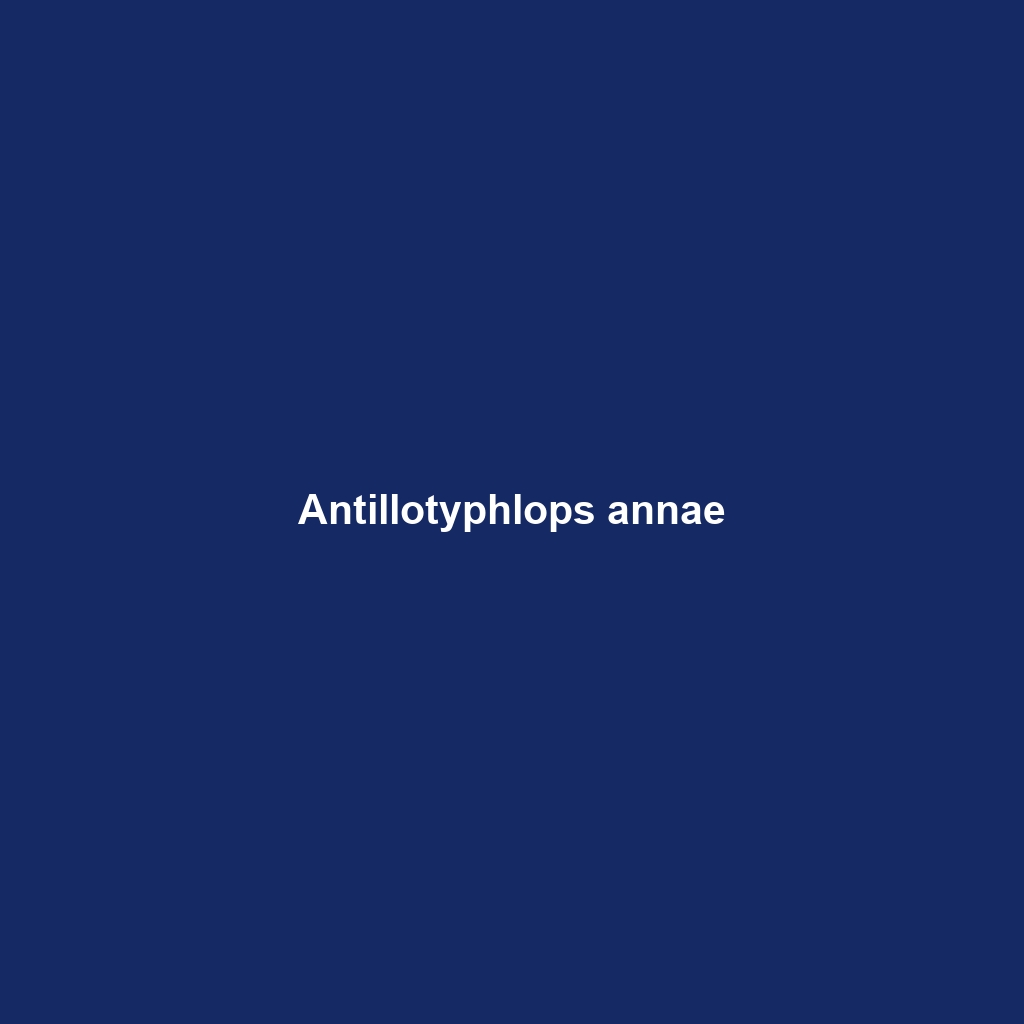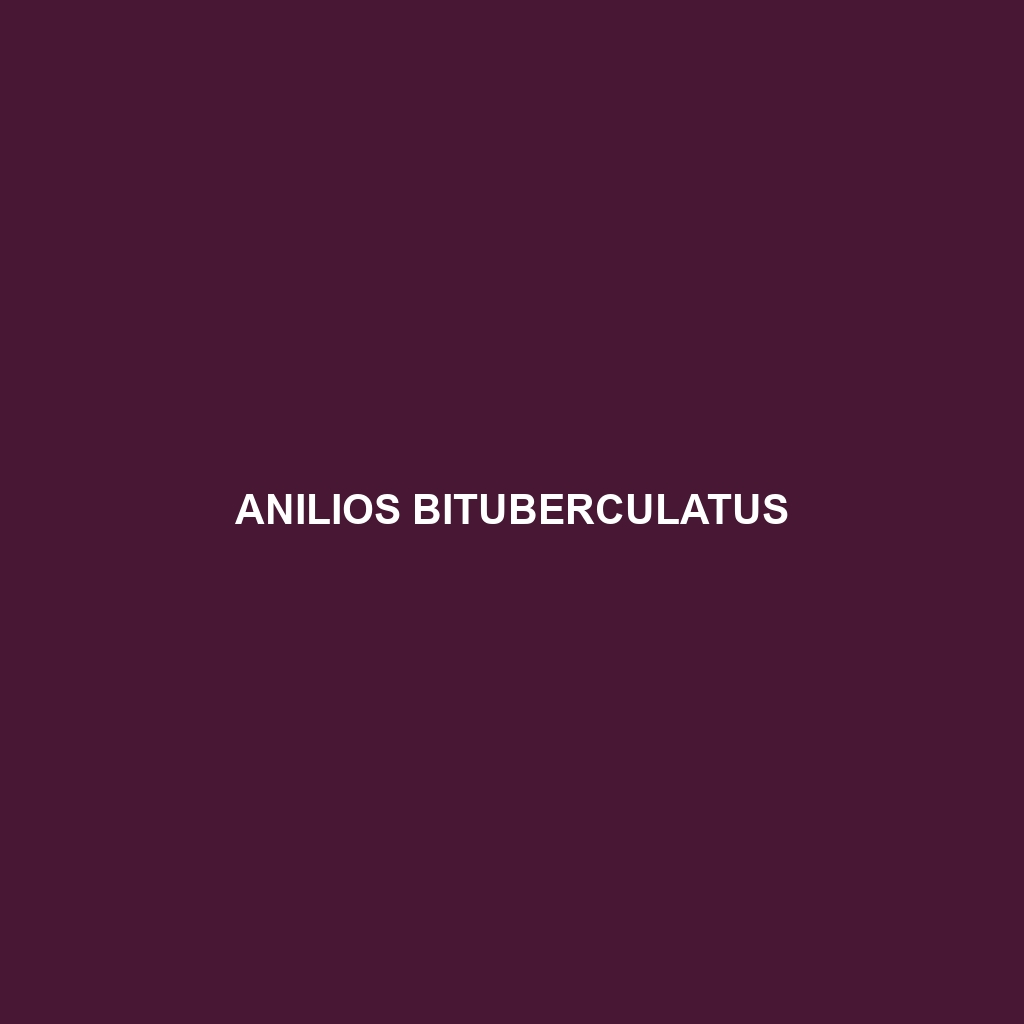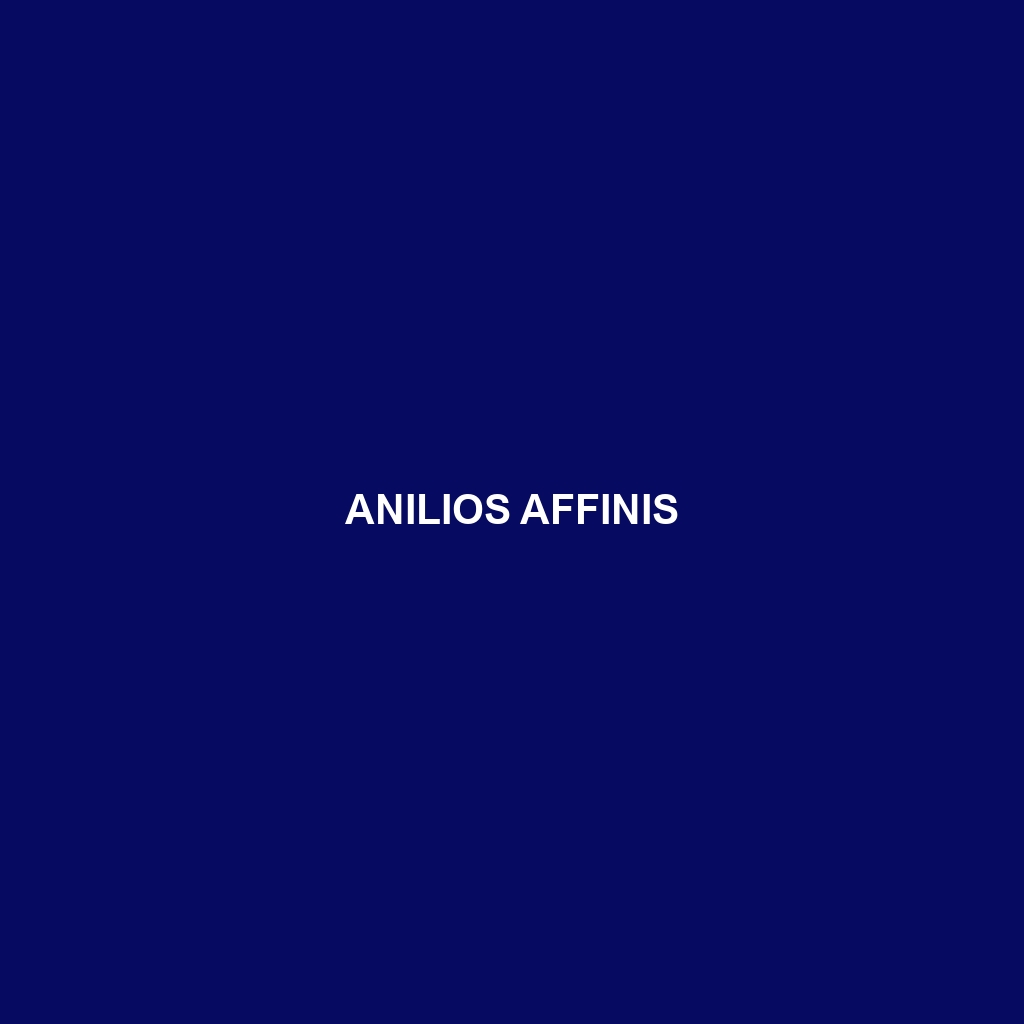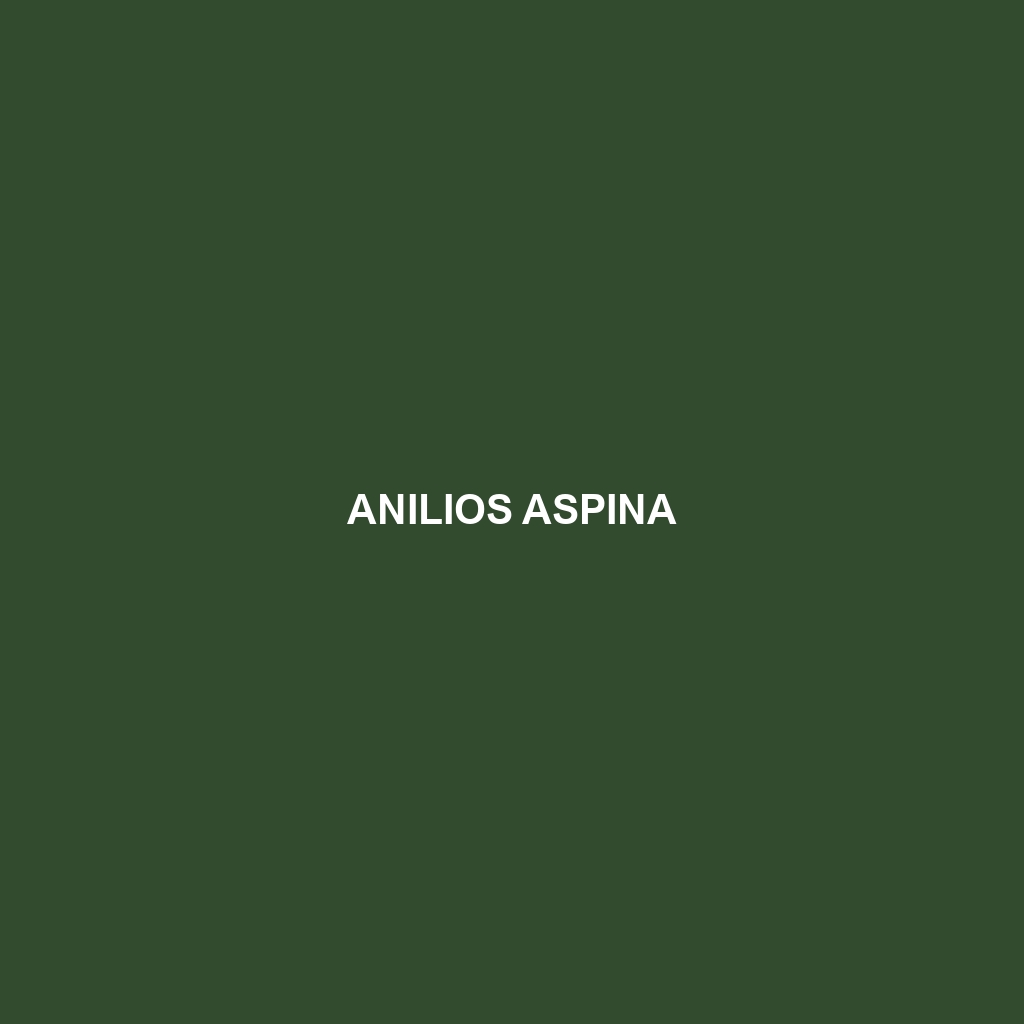Bachia dorbignyi, also known as the Brazilian sand lizard, is a medium-sized, fossorial lizard characterized by its slender body, smooth scales, and excellent camouflage. Native to the dry forests and shrublands of South America, it primarily feeds on small invertebrates and plays a vital role in its ecosystem.
Tag: fossorial reptiles
Atractus duboisi
Discover the fascinating Atractus duboisi, a vulnerable, small to medium-sized snake found in the rainforests of western Colombia and northern Ecuador. Known for its striking black and tan coloration, this nocturnal species plays a vital role in controlling invertebrate populations and maintaining ecological balance in its tropical habitat.
Aprasia clairae
<p>Discover the fascinating <b>Aprasia clairae</b>, a small, fossorial reptile native to the temperate woodlands and heathlands of southern Australia. This <i>vulnerable</i> species, with its unique ability to camouflage and regenerate its tail, plays a crucial role in the ecosystem by controlling insect populations.</p>
Antillotyphlops naugus
Discover the Antillean blind snake (Antillotyphlops naugus), a unique burrowing snake native to the Caribbean, known for its slender body, small non-functional eyes, and diet consisting mainly of small invertebrates like ants and termites. This fascinating species plays a critical role in maintaining insect population balance within its tropical forest, garden, and urban habitats.
Antillotyphlops annae
Antillotyphlops annae, commonly known as the Antillean blind snake, is a small, fossorial species found in the moist tropical habitats of Puerto Rico and Saint Kitts. This secretive snake plays a vital ecological role by preying on ants and termites while thriving in diverse environments, including urban areas.
Anniella geronimensis
Discover the unique Anniella geronimensis, also known as the California legless lizard, a fossorial species thriving in Southern California’s sandy habitats. With its smooth, cylindrical body averaging 30 to 40 centimeters and a diet consisting of small invertebrates, it plays a crucial role in pest control and ecosystem health.
Anilios bituberculatus
Discover the Anilios bituberculatus, also known as the tuberculate blind snake, a medium-sized burrowing snake native to the tropical rainforests of Papua New Guinea. This species thrives in humid, dense environments, featuring distinctive tubercles on its scales and playing a vital role in controlling soil health by preying on small invertebrates.
Anilios affinis
Discover the Anilios affinis, or common blind snake, a fossorial species native to Australia's moist habitats, featuring a distinctive elongated body and a diet primarily consisting of small invertebrates. This non-venomous snake plays a crucial role in its ecosystem by helping to regulate invertebrate populations while providing a food source for larger predators.
Anilios aspina
Discover the Anilios aspina, a non-venomous snake native to the tropical rainforests of northern Australia, characterized by its elongated body reaching up to 1 meter and a diet of small invertebrates. This nocturnal, fossorial species thrives in moist environments, playing a vital role in its ecosystem by regulating invertebrate populations.
